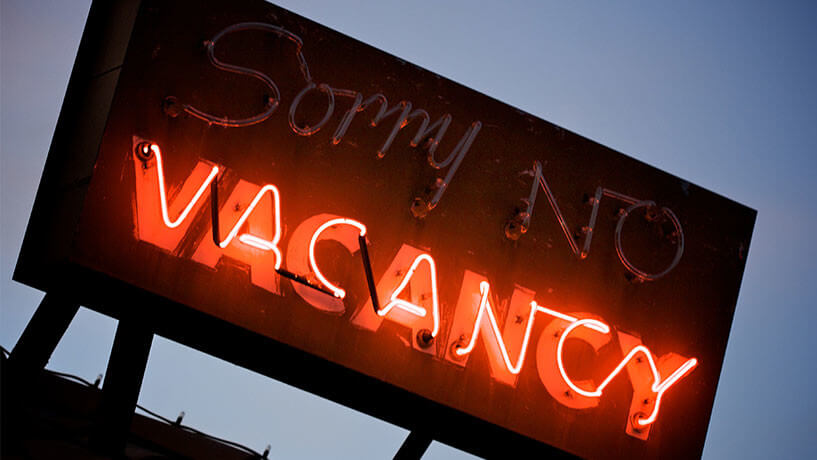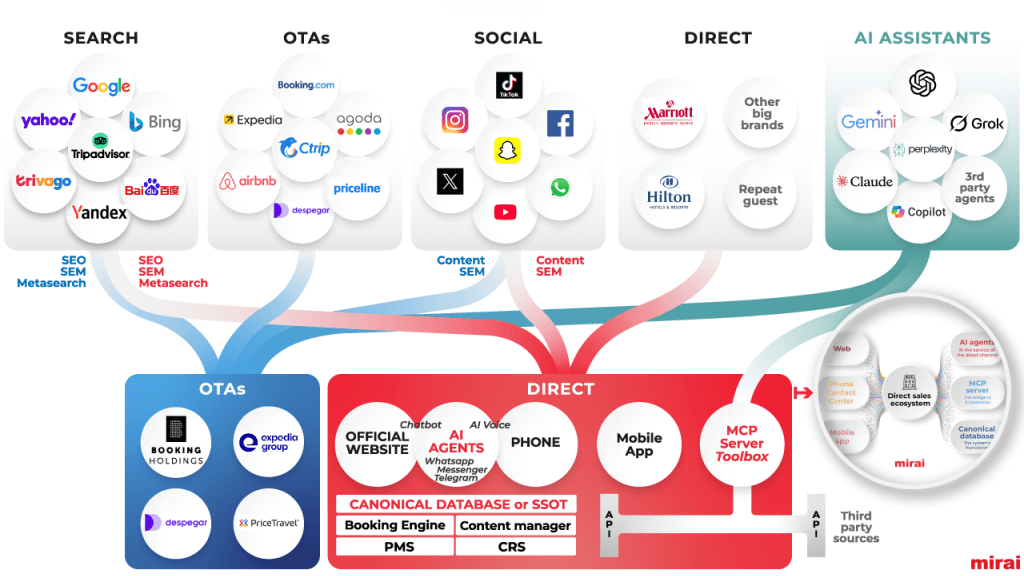In the intricate and dynamic world of the hotel industry, misconceptions can often lead to inefficient practices and missed opportunities. One such pervasive myth is that revenue management is solely focused on room rates.
NB: This is an article from Lybra, one of our Expert Partners
Subscribe to our weekly newsletter and stay up to date
This oversimplified view can prevent hoteliers from fully leveraging the comprehensive strategies that true revenue management encompasses. Let’s delve into why this myth is misleading and explore the extensive, multifaceted nature of effective revenue management.
Understanding Revenue Management: Beyond Room Rates
While it’s true that pricing plays a crucial role in revenue management, it’s merely one aspect of a broader, more complex strategy. Effective revenue management encompasses a variety of components that together drive a hotel’s financial performance. These components include, but are not limited to, room rates, food and beverage services, spa services, meeting and event spaces, and other amenities.
Comprehensive Market Analysis
At its core, revenue management is about understanding and responding to market demand. This involves a thorough analysis of customer behavior, competitive dynamics, and broader market trends. Hoteliers must consider a multitude of factors:
Seasonality: Different times of the year bring varying levels of demand. Understanding these patterns helps in setting appropriate pricing and promotional strategies.
Booking Patterns: Analyzing how far in advance guests book their stays can provide insights into demand fluctuations and pricing strategies.
Length of Stay (LOS): Understanding the typical duration of guest stays helps in managing inventory and optimizing room availability.
Customer Segmentation: By identifying different customer segments (e.g., business travelers, leisure travelers, groups), hotels can tailor their offerings to meet specific needs and preferences.
This comprehensive market analysis allows hoteliers to implement pricing and distribution strategies that align with real-time market conditions, thereby maximizing revenue.
Multiple Revenue Streams: A Holistic Approach
Focusing solely on room rates overlooks the significant revenue potential from other areas of a hotel. Here are some key revenue streams that should be considered:
Food and Beverage Services: Restaurants, bars, and room service can generate substantial revenue, especially when integrated with events and special promotions.
Spa and Wellness Services: Offering spa treatments and wellness packages can attract guests seeking relaxation and rejuvenation, providing additional revenue opportunities.
Meeting and Event Spaces: Renting out spaces for conferences, weddings, and other events can be a lucrative revenue stream.
Additional Amenities: Services such as transportation, and recreational activities can further enhance revenue.
By optimizing all these revenue streams, hoteliers can significantly boost their overall profitability.
Upselling and Cross-Selling Opportunities
Upselling and cross-selling are essential components of a comprehensive revenue management strategy. These tactics involve offering guests additional services or upgrades that enhance their experience and increase revenue. For example:
Upselling: Suggesting a room upgrade at check-in or offering premium services can lead to higher revenue per guest.
Cross-Selling: Promoting additional services such as dining options, spa treatments, or excursions during the booking process can increase overall spend.
Effectively leveraging these opportunities requires a deep understanding of guest preferences and behaviors, which can be gleaned from data analysis.
The Power of Data-Driven Decisions
Revenue management is fundamentally a data-driven discipline. By analyzing past performance, current trends, and future forecasts, hoteliers can make informed decisions that optimize revenue. Key data points include:





